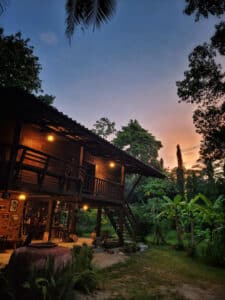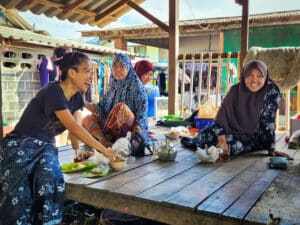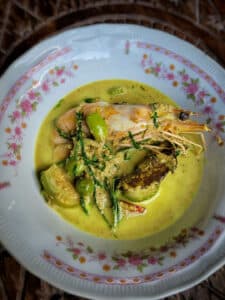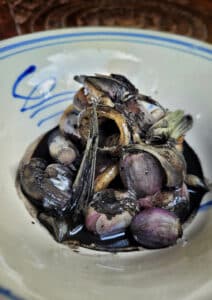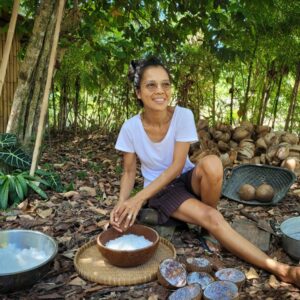SOMROM SPACE
Thai Culinary Crossroads
“Som Rom” (สมรม) is Southern Thai dialect and has a meaning of “gathering”, “integrating”, “unifying”, “combining” – it is literally used when something is coming together. This Southern Thai term is exactly what is being reflected in “Somrom Space”.
It is a culinary space for food enthusiasts in which all that huge variety of influences on Thai cusine is coming together. Crossroads of traditional Thai culinary culture that are meeting at a little Southern Thai home in an untouched corner of Koh Samui.


